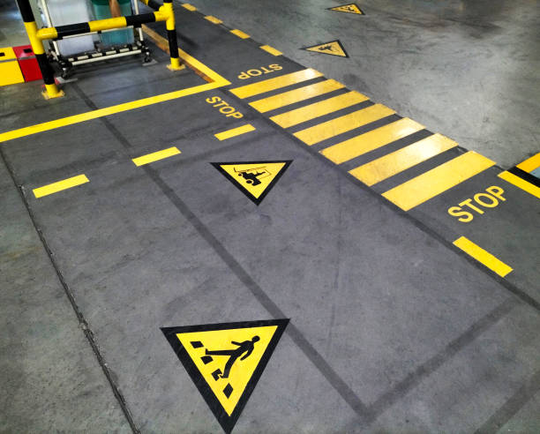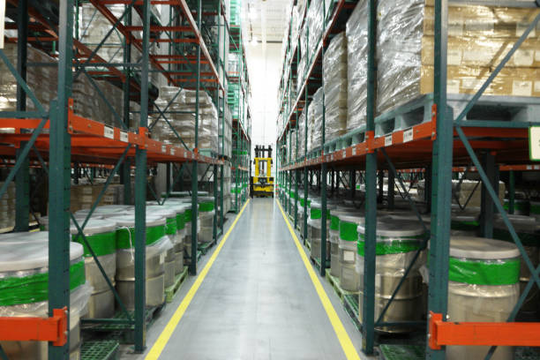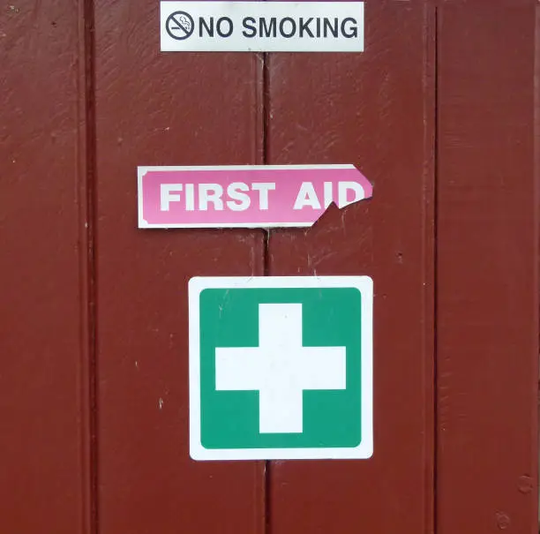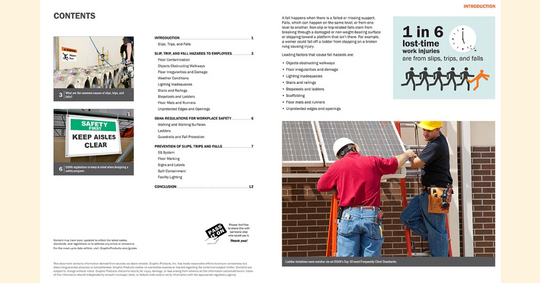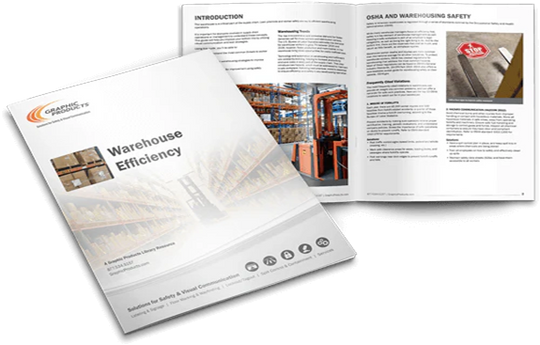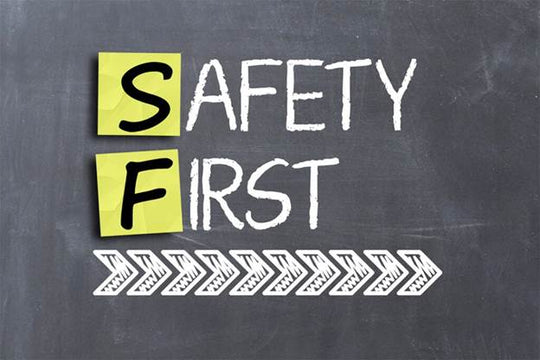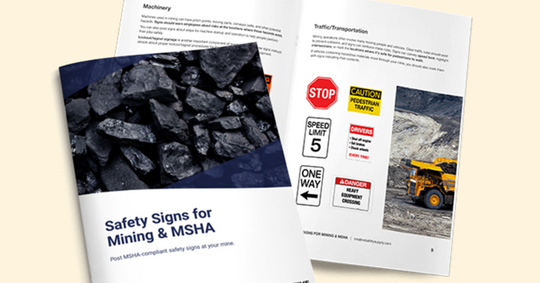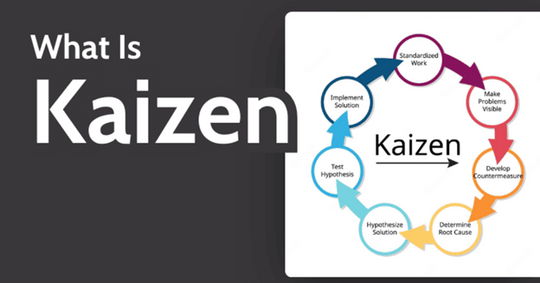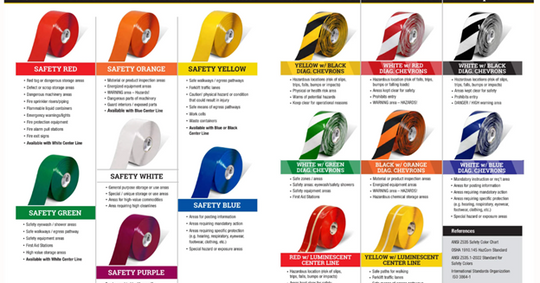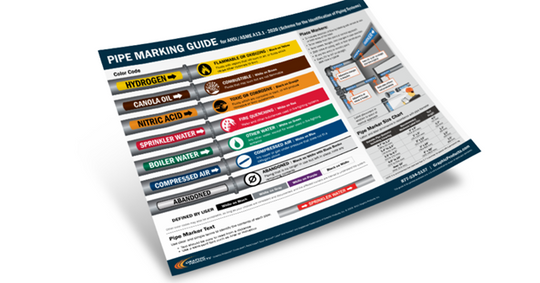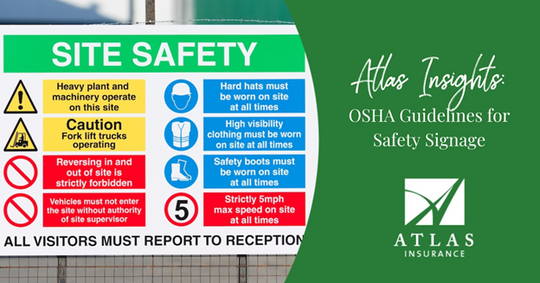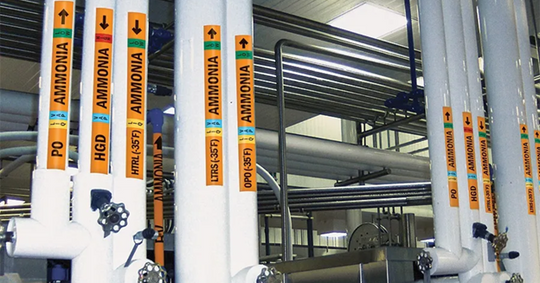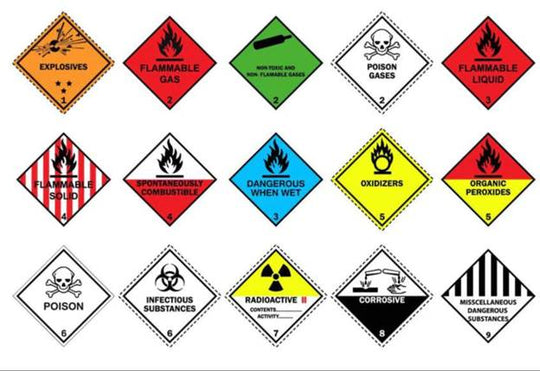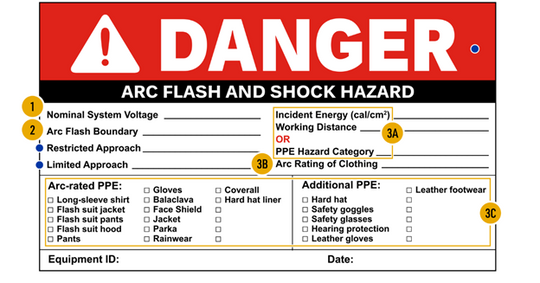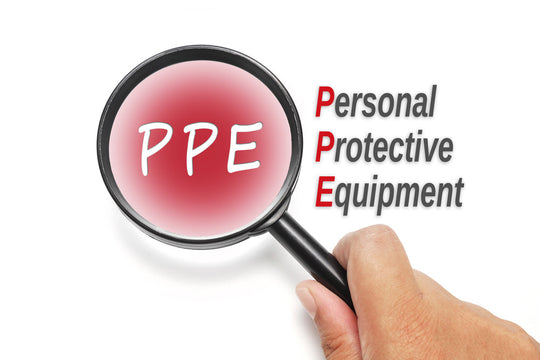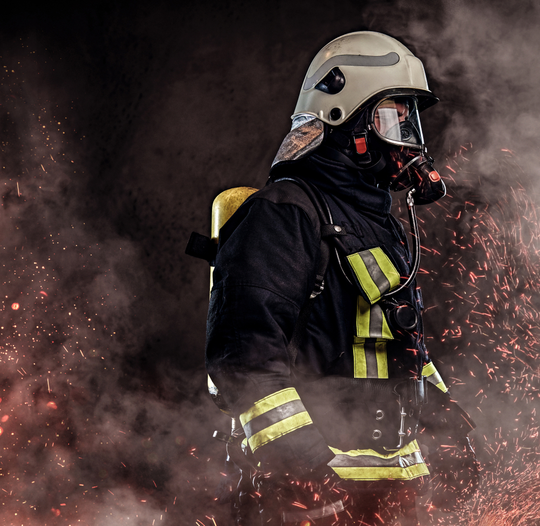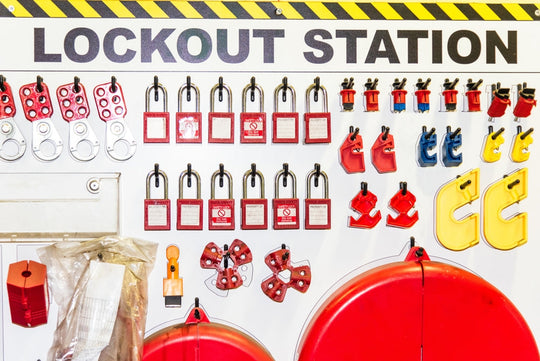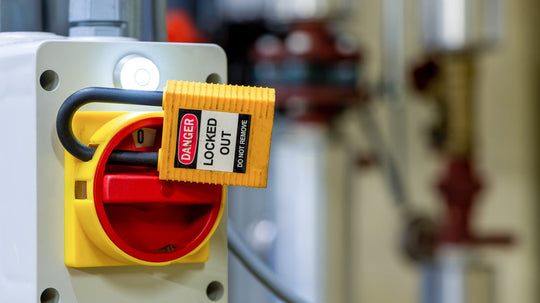Fire Safety Signage Tips to Ensure Workplace Readiness
Introduction to Fire Safety Signage
Fire safety is a critical aspect of workplace safety that should never be overlooked. In an emergency, every second counts, and clear, visible fire safety signage can make all the difference.
Proper signage ensures that employees and visitors know where to go, what actions to take, and how to prevent fire hazards. Whether directing people to exits, identifying fire extinguishers, or marking hazardous areas, fire safety signs play a crucial role in maintaining a safe and compliant safety signage environment.
Understanding Fire Safety Signage Regulations
Fire safety signage is not just about placing random signs around a workplace—it must adhere to legal requirements and compliance standards. Regulatory bodies such as OSHA and local fire departments have specific guidelines regarding the placement, size, color, and wording of fire safety signs.
Common Fire Safety Signs and Their Meanings
- Emergency Exit Signs – Indicate the fastest route to safety in case of a fire.
- Fire Extinguisher Signs – Help people quickly locate fire-fighting equipment.
- No Smoking Signs – Prevent fire hazards by restricting smoking in specific areas.
- Emergency Assembly Point Signs – Show designated safe areas where employees should gather after evacuation.
- Ensuring compliance with these standards not only enhances safety but also protects businesses from legal liabilities.
Types of Fire Safety Signs and Their Uses
Understanding the different types of fire safety signs is essential for effective workplace safety. Here are the most common types:
Emergency Exit Signs
Emergency exit signs must be clearly visible and strategically placed along evacuation routes. These signs should include arrows pointing in the correct direction and be illuminated or glow-in-the-dark to remain visible during power outages.
Fire Extinguisher Signs
Fire extinguishers should always be marked with proper signage. These signs help employees quickly locate extinguishers in an emergency, reducing response time and potentially preventing major damage.
No Smoking Signs
Workplaces with fire hazards must display No Smoking signs to prevent potential ignition sources. This is especially important in factories, warehouses, and areas where flammable materials are stored.
Emergency Assembly Point Signs
During an evacuation, employees need to know where to regroup for headcounts and safety checks. Clearly marked emergency assembly point signs make this process smooth and efficient.
Best Practices for Placing Fire Safety Signs
Placing fire safety signage correctly is just as important as having it. Here are some best practices to follow:
Ensure clear visibility – Place signs at eye level and free from obstructions.
Use the right size and color – Signs should be large enough to read from a distance.
Consider reflective materials – Glow-in-the-dark or illuminated signs ensure visibility in the dark.
Avoid sign clutter – Too many signs in one area can confuse employees instead of guiding them.
Proper placement ensures that everyone can quickly and easily understand the necessary safety measures in case of an emergency.
How to Maintain and Update Fire Safety Signage
Fire safety signs should not be a one-time investment; they require regular inspections and updates to remain effective.
Key Maintenance Steps:
Check for wear and tear – Faded or damaged signs should be replaced immediately.
Ensure accuracy – If workplace layouts change, update signage accordingly.
Conduct routine safety audits – Schedule regular inspections to confirm compliance with regulations.
Educate employees – Conduct training sessions so employees understand what each sign means and how to respond appropriately.
Common Mistakes to Avoid with Fire Safety Signage
Even with good intentions, businesses often make mistakes when implementing fire safety signage. Some of the most common errors include:
Poor sign placement – Placing signs too high, too low, or behind obstacles can render them useless.
Using non-compliant signs – Signs that don’t meet legal standards can lead to fines or confusion during emergencies.
Failing to update signs – Outdated signs can direct employees to incorrect exits or obsolete safety equipment.
Avoiding these mistakes ensures that fire safety signage remains effective and reliable.
Enhancing Workplace Fire Safety Beyond Signage
While fire safety signage is crucial, it should be part of a comprehensive fire safety strategy. Other essential steps include:
Conducting regular fire drills – Employees should practice evacuation procedures to ensure preparedness.
Installing fire suppression systems – Sprinklers, alarms, and fire extinguishers provide extra layers of protection.
Improving fire drill preparedness – Frequent fire drill preparedness ensures employees know how to act in real emergencies.
Using additional safety tools – Equipment like reflective tape and inspection tags help maintain compliance and safety.
For more safety resources, check out this page.
Explore More: Essential Safety Tips for Every Workplace
|
Safety Tags Tips |
Short Description |
|
Tips for Effective Use of Safety Tags in the Workplace |
|
|
Essential Scaffold Safety Tips for Workers |
|
|
Comprehensive Workplace Safety Tips for Employers |
|
|
A Step-by-Step Lockout Tagout Checklist for Maximum Safety |
|
|
Top Tips for Improving Warehouse Safety Standards |
|
|
Key Safety Tips for Small Businesses |
|
|
Best Practices for Lockout Tagout Procedures |
|
|
The Importance of Fire Safety Signage in Workplaces |
|
|
Essential Personal Protective Equipment (PPE) Tips |
|
|
Best Practices for Scaffold Inspections |
|
|
How to Use Industrial Labeling for Safety and Compliance |
|
|
Construction PPE Safety Tips for Protecting Workers |
|
|
Advanced Safety Tips for a Safer Workplace Environment |
Conclusion
Workplace fire prevention starts with clear, effective, and compliant fire safety signage. By following best practices for placement, maintenance, and compliance, businesses can ensure that their fire safety signs effectively guide employees during emergencies.
Beyond signage, investing in fire drills, safety training, and additional safety equipment creates a more secure work environment. Regular audits and employee awareness further strengthen workplace readiness, ensuring that in the event of an emergency, everyone knows exactly what to do.
By making fire safety a priority, businesses not only protect lives but also demonstrate a commitment to workplace safety.
FAQs
What are the legal requirements for fire safety signage in the workplace?
Workplace fire safety signage must comply with local fire codes and OSHA regulations. These include proper placement, size, color, and visibility standards.
How often should fire safety signs be inspected and updated?
Fire safety signs should be inspected at least once a year or whenever workplace changes occur. If signs become faded, damaged, or outdated, they should be replaced immediately.
What materials are best for durable fire safety signs?
Aluminum, PVC, and photoluminescent materials are commonly used for fire safety signs. Glow-in-the-dark signs are ideal for low-light conditions.
Where should fire exit signs be placed for maximum visibility?
Fire exit signs should be placed above doorways, at hallway intersections, and along evacuation routes. They should also include arrows indicating the correct direction.
How can businesses ensure employees understand fire safety signage?
Training sessions, fire drills, and regular safety meetings help reinforce the importance of fire safety signage. Employees should also be encouraged to report missing or unclear signs.




